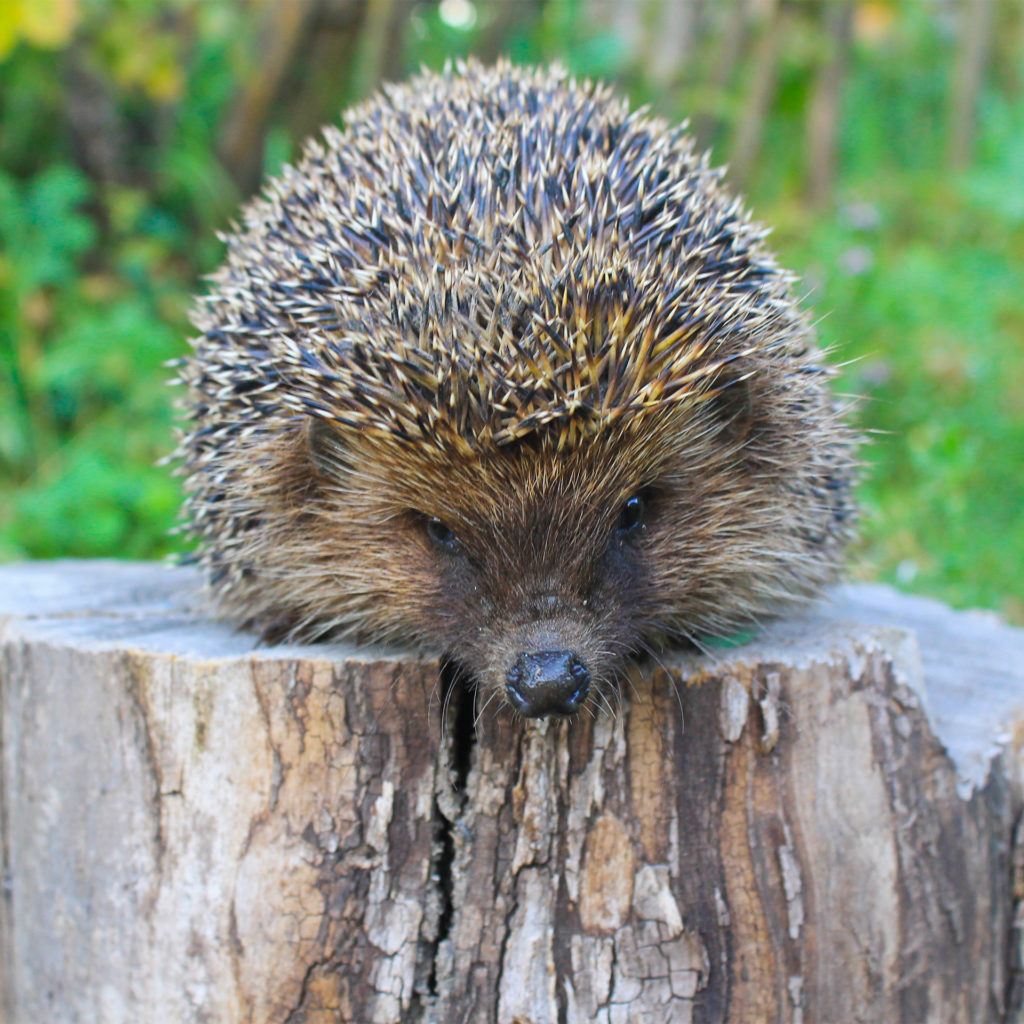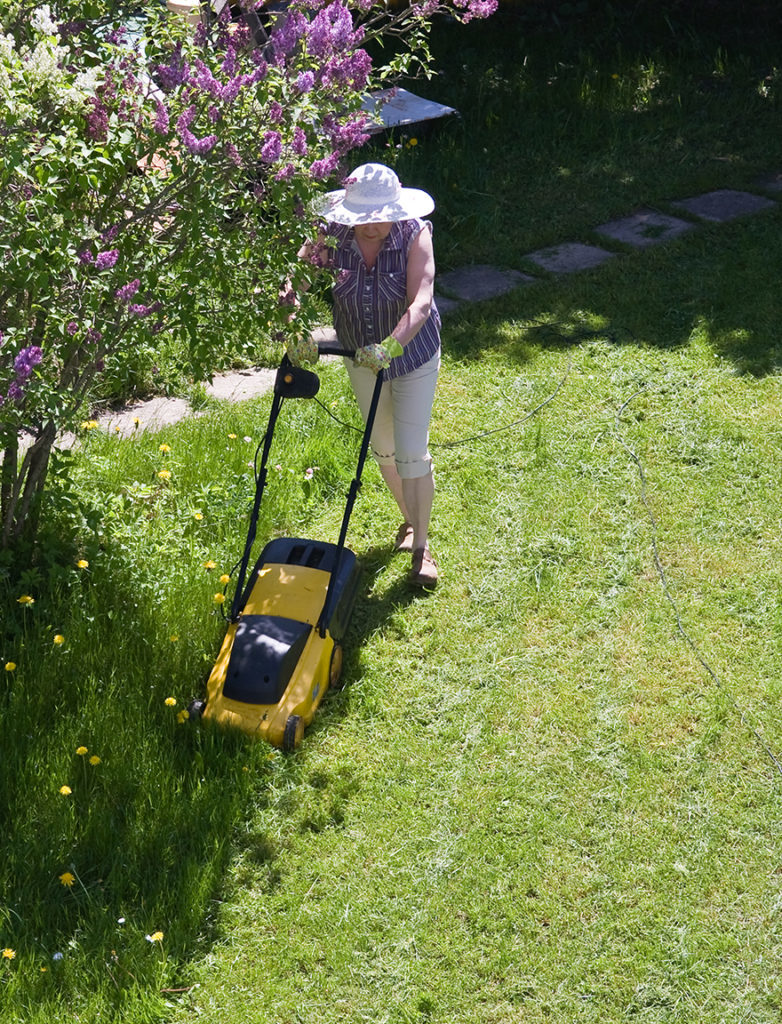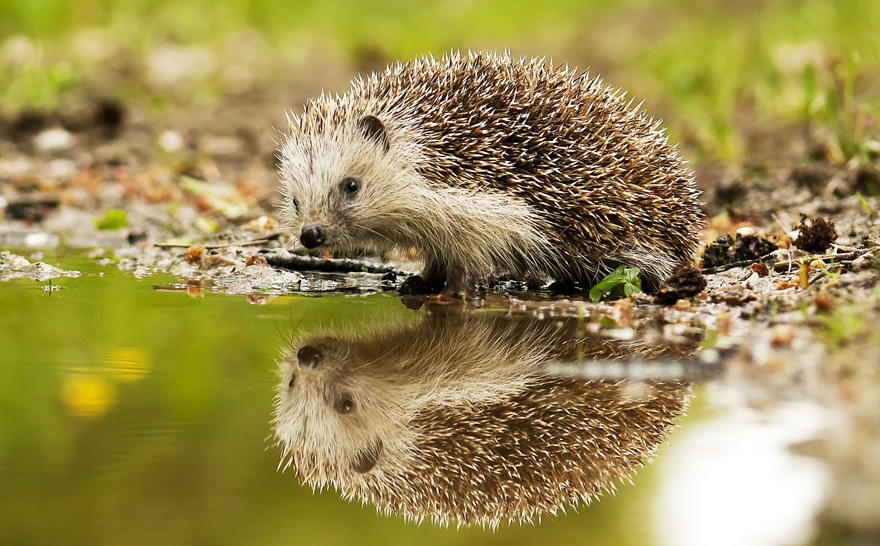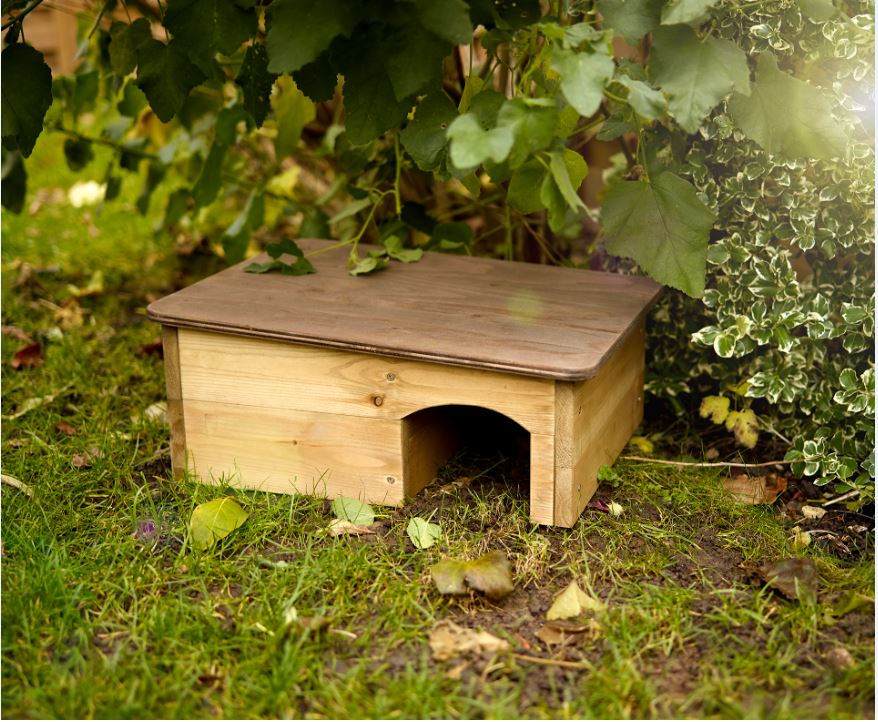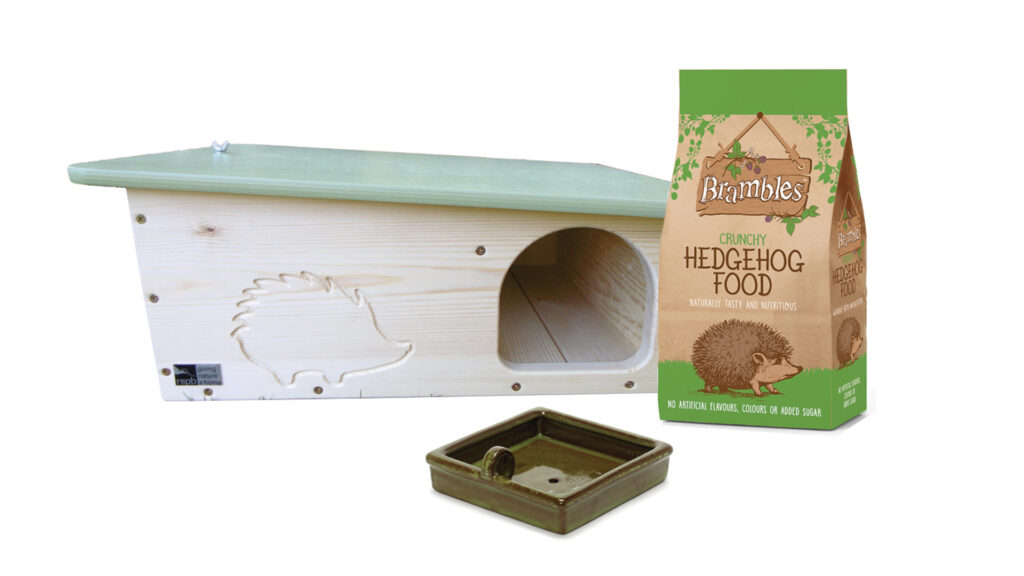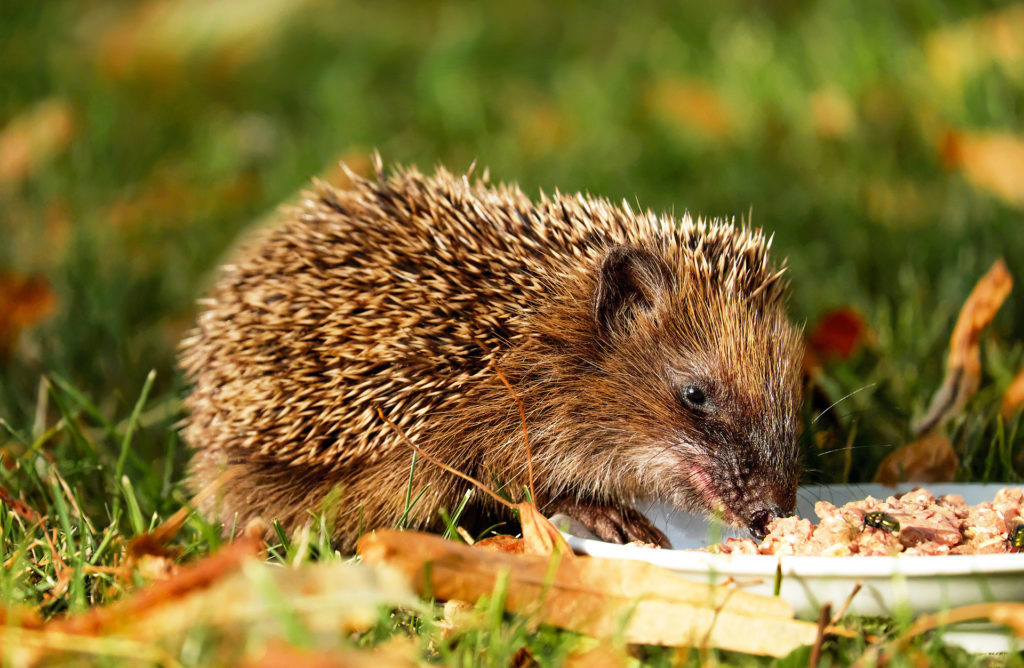Make Your Garden A Hedgehog Paradise
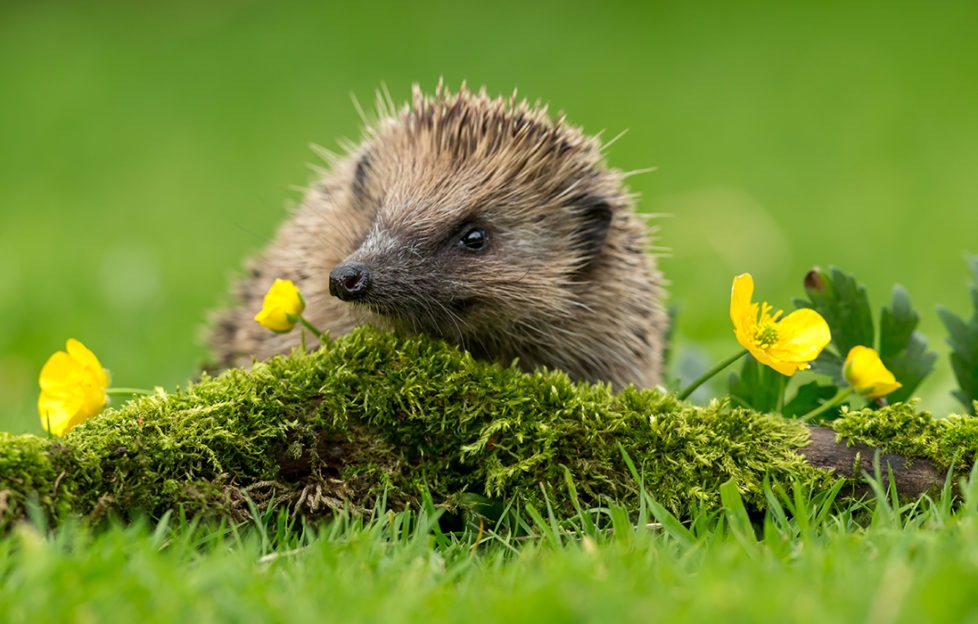
Think hedgehog! Celebrate Hedgehog Awareness Week (April 30-May 6) by getting out into the spring sunshine and make your garden as welcoming as possible for our humble hogs.
You don’t have to be blessed with acres of rural greenspace to host hedgehogs. The most recent figures suggest around 200,000 of these well loved garden visitors can be found living in urban areas.
How do I create the ideal hedgehog habitat?
The RSPB Shop‘s wildlife experts have put together the ultimate guide for transforming any garden or outdoor space into a haven for hedgehogs! Here are some valuable tips for attracting hedgehogs to your greenspace, as well as strategies for keeping them safe and snug once they arrive.
Why are hedgehog numbers falling?
According to research by the British Hedgehog Preservation Society, countryside populations have declined by an average of 8.3% a year over the last 20 years. Our prickly pals need all the help they can get.
So why is this happening?
- Habitat loss. As the UK’s landscape becomes increasingly urbanised, there are fewer natural greenspaces for hedgehogs to call home.
- Pesticides. Many of the insects and other invertebrates that hedgehogs love to munch on are becoming increasingly scarce thanks to the use of these harmful chemicals.
- Road traffic. As we all know, hedgehogs are notorious for their tendency to wander out into the path of oncoming cars. Often their routes between habitats take the risk of crossing busy roads.
What can we do to help?
Here’s the good news — there are plenty of things we can do to help our hedgehogs. Whether you’re blessed with a large garden or a smaller plot of land, there are lots of simple steps you can take to support these wonderful creatures.
1. Make your garden hedgehog-friendly
Hedgehogs aren’t especially picky about where they visit, but you can boost your chances of hosting a hog by following these handy hints.
-
Create a hedgehog highway. Hedgehogs can roam up to a mile in a single evening — an impressive distance on such little legs! Help them out by creating small gaps or holes in fences, walls or bushes to allow them to move through your garden freely. A hedgehog-sized hole should be at least 13cm x 13cm and should be located low down, near the ground.
-
Plant a hedgehog-friendly garden. Hedgehogs love gardens with plenty of cover, such as long grass, shrubs, and hedges. They also love to forage among fallen leaves and twigs, so try to leave a few areas of your garden unmown and un-raked. Ornamental grasses and creeping herbs are good planting options — these will provide shelter and help to attract insects.
“Plants are an absolute bedrock of the wildlife-friendly garden. The more plants you grow, the more wildlife you’re going to get.”
— Adrian Thomas, Wildlife Gardener for the RSPB
-
Keep your garden hazard-free. Avoid the use of slug pellets and herbicides. These are toxic to both hedgehogs and their primary food sources — slugs and earthworms. Wood preservers should also be avoided, as hedgehogs tend to lick freshly treated fences (strange, but true…).
-
Cover any open drains. Open drains or any large holes in your garden can prove fatal for hedgehogs. They have very poor eyesight so can easily fall into holes or drains and struggle to get out. Cover up any potential hog-traps!
-
Modify your pond. If you have a pond in your garden, make sure that it’s got small steps, a shallow slope or a ramp so that hedgehogs can easily climb out if they fall in. Hedgehogs can swim, but they tire quickly, and may drown if they can’t escape.
2. Build a hedgehog home
Hedgehogs rely on safe, cosy places to park their prickles. This is especially true during two key periods of the year – Winter hibernation and breeding season (May and September).
- During winter, hedgehogs go into hibernation and require a sheltered place to snuggle down, hidden from hungry predators.
- May and September also mark the hedgehog breeding season. This is when hedgehogs are more active, leaving them more susceptible to attacks from predators.
First, scout out a suitable location. Pick out a secluded spot, preferably close to where you think a hedgehog may enter your garden.
You can construct a hedgehog house yourself from a pile of logs or a compost heap. However, if you’re looking for a more permanent option, consider a purpose-built solution.
Crafted with FSC® certified timber, the RSPB’s classic hedgehog home provides ideal protection from the elements and curious predators. The den is fully ventilated, and the roof lifts off so that you can provide food and water with minimal disturbance.
It comes as a flat-pack kit that includes everything you need. So you can take pride in the knowledge that you built your hog’s swanky new home from scratch.
If you fancy going the whole hog you could opt for the hedgehog home starter kit, which comes complete with a water bowl and hedgehog-safe food, too.
3. Provide a feast fit for a hog
Hedgehogs love insects, slugs, snails, and worms, so it’s best to leave a section of your lawn to grow long. This will encourage creepy-crawlies, and present any spiny visitors with the opportunity to hunt for their favourite food sources just as nature intended.
The RSPB Shop also stocks a nutritionally-complete hedgehog food bundle, which comes complete with a specially designed snack bowl, so your prickly pals can dine in style. This is especially true during the breeding months when they need extra nutrients. It’s also important to provide an easy access water source, like a cat’s water dish, especially in the summer months.
“Brambles Crunchy Hedgehog Food has the right mix of nutrients and minerals, but it’s also crunchy, which is brilliant for hedgehogs’ teeth.”
— Adrian Thomas, Wildlife Gardener for the RSPB
Hedgehog feeding tips
-
Not for pets! Protect any food from cats and dogs by placing it under a shelter made of bricks or wood, leaving a gap just big enough for a hedgehog to fit through, or placing the food in their purpose-built den.
-
Scatter fresh hedgehog food. Remove any uneaten food the following morning, discard anything that has spoiled, and offer fresh food in the evening after thoroughly cleaning their food bowl. To provide variety and mimic natural foraging, try scattering the food in different spots, too.
-
Keep dogs at bay. If you’ve got a pet dog, try to prevent it from interacting with any hedgehogs that visit your garden — dog attacks often prove fatal to hedgehogs (and your dog will likely be injured too!).
-
Food to avoid. Milk can cause hedgehogs to suffer from diarrhoea, and bread provides little nutritional value, so these foods are best avoided.
Want more tips on turning your garden into a wildlife paradise? Check out the RSPB’s video guide to creating a wildlife-friendly garden.
And for a comprehensive guide to all the plants and animals that may call your garden home, pick up the RSPB’s garden wildlife handbook.

